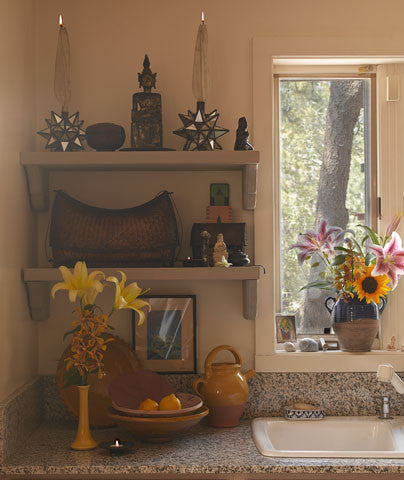October 26, 2014

photo: Erika Blumenfeld
What correlation is there, if any, between famed modern architect Le Corbusier and Vastu, the system of design and architecture from ancient India’s Vedic tradition? In my 2007 book Vastu: Transcendental Home Design in Harmony with Nature, I wrote: “Vastu views a building as a living entity that protects and nourishes our lives rather than merely a ‘machine for living,’ as twentieth-century architect Le Corbusier once characterized the house. ” (p.18)
Vastu takes a house’s functionality into consideration but also factors of comfort, aesthetics, and alignment with nature, making it truly a home. Authentic Vastu guidelines can always be utilized in the design of homes and other buildings to make them structures that are beyond simply liveable. Isn't that what we want? A sanctuary rather than a sterile setting?
Happily, I recently found the following quotation from Le Corbusier that shows his approach is more in accord with Vastu than a "machine for living" would indicate: “The home should be the treasure chest of living.” Having what you feel to be your personal treasures in your home is a good thing. Being surrounded by beauty heals and uplifts the soul and is a vital part of Vastu. Pictured here are artful collected treasures in the beautiful kitchen of a Santa Fe home, an illustration originally in my Vastu book. Do you have similar treasured collections of beautiful items in your home?